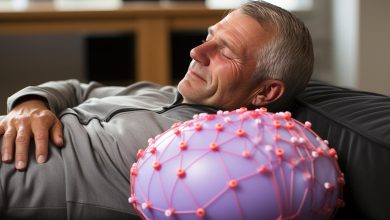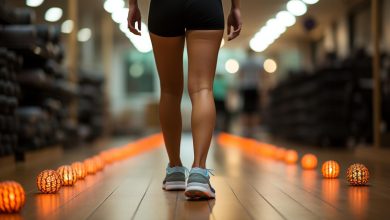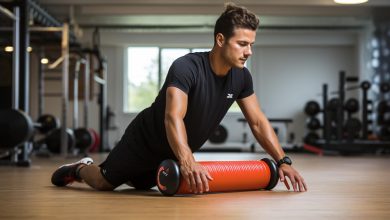Foam Rolling for Shin Splints: Tips and Techniques
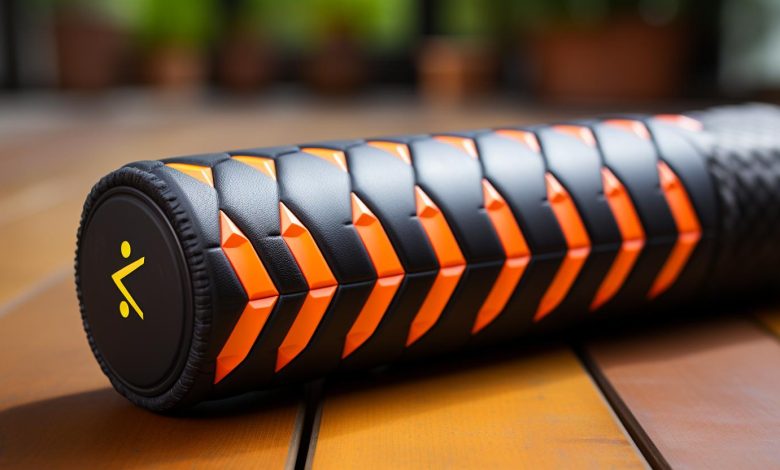
Are shin splints causing you pain and discomfort during your workouts? Look no further – foam rolling is here to save the day!
In this article, we will explore the benefits of foam rolling for shin splints and provide you with essential tips and techniques to incorporate into your routine.
By using a foam roller specifically designed for shin splint relief, you can effectively alleviate tightness and soreness in your shins.
Get ready to roll away those pesky shin splints and get back to enjoying your favorite activities pain-free!
Understanding Shin Splints
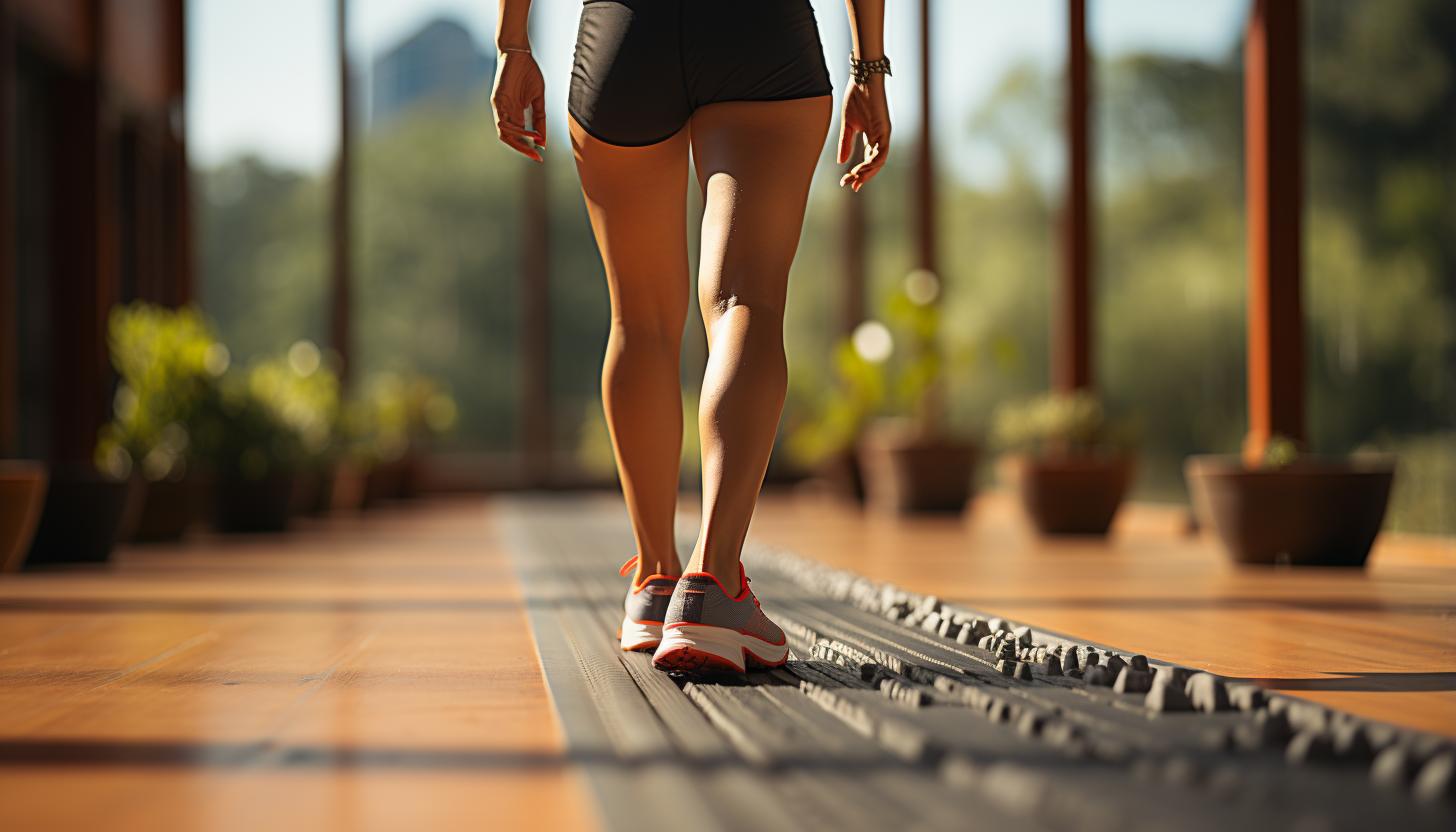
Shin splints can be caused by overuse and occur when the muscles and tendons around the shin bone become inflamed. They are a common condition among runners, dancers, and athletes who engage in activities that involve repetitive impact on the legs. The most common causes of shin splints include sudden increases in activity intensity or duration, running on hard surfaces, wearing improper footwear, and having weak or tight calf muscles.
Symptoms of shin splints typically include pain along the inner edge of the shin bone, tenderness to touch, swelling, and discomfort that worsens with activity. If you experience these symptoms, it is important to rest and avoid activities that aggravate the condition.
Preventing shin splints involves incorporating certain exercises into your routine. Strengthening exercises for the calves and ankles can help improve muscle support around the shin bone. Calf raises and ankle dorsiflexion exercises are particularly effective in preventing shin splints. Additionally, stretching exercises for the calf muscles can help improve flexibility and reduce strain on the shins.
Benefits of Foam Rolling for Shin Splints
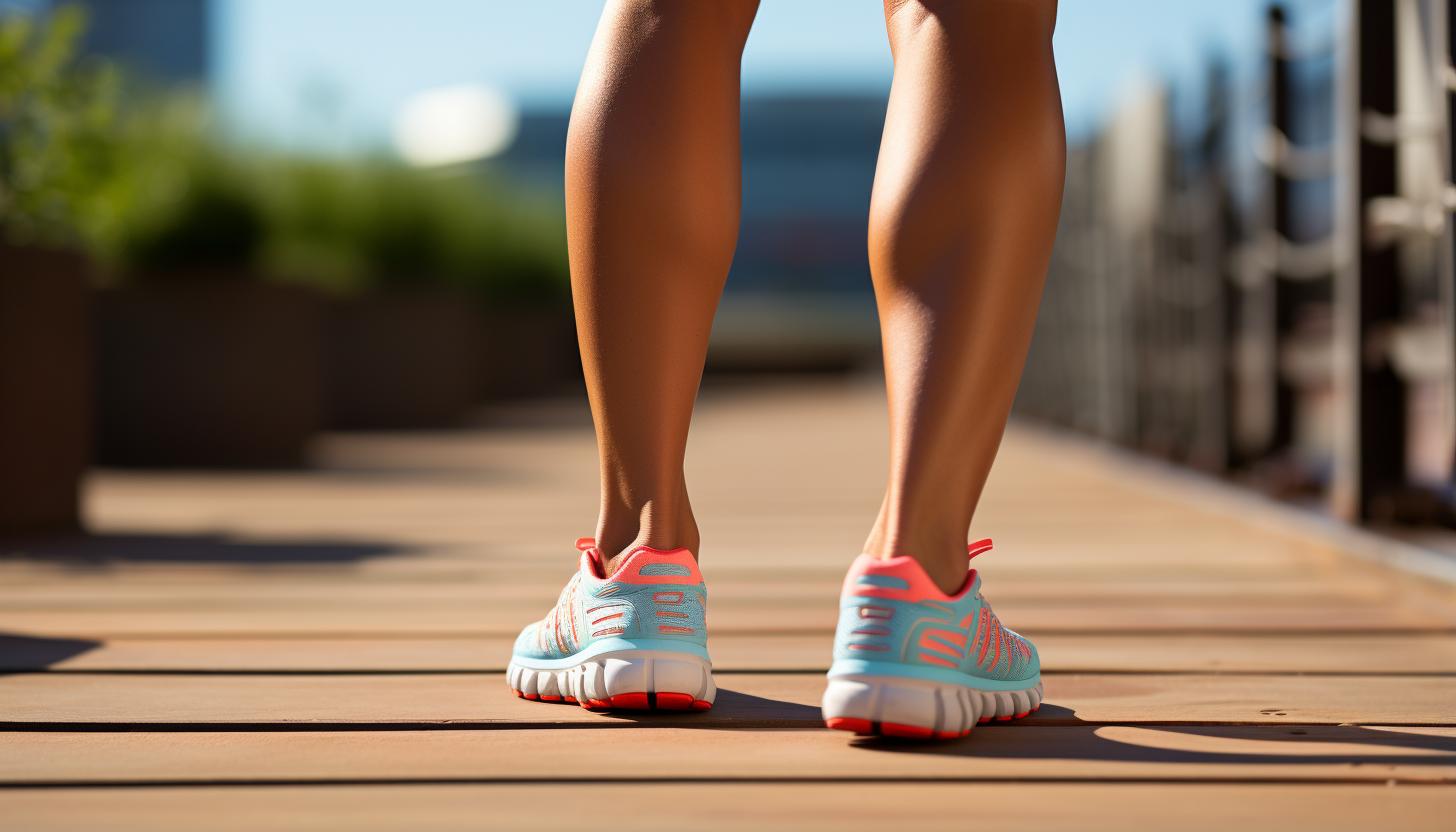
To experience relief from shin splints, you’ll discover that foam rolling can offer various benefits. Foam rolling is a self-myofascial release technique that involves using a foam roller to apply pressure to specific areas of your body.
When it comes to shin splints, foam rolling can help in multiple ways:
– Improved blood flow: Foam rolling helps increase blood circulation to the affected muscles, promoting faster recovery and reducing inflammation.
– Relaxation of tight muscles: Shin splints often occur due to tight calf muscles. By using a foam roller on your calves, you can release tension and loosen up these muscles, providing relief from pain.
– Enhanced flexibility and range of motion: Regular foam rolling sessions can improve the flexibility and mobility of your lower leg muscles. This increased range of motion can prevent future shin splints by allowing your legs to move more freely during physical activity.
While foam rolling is highly effective for shin splint recovery, there are also alternative techniques you can try if you don’t have access to a foam roller. These include using a tennis ball or lacrosse ball for targeted massage, performing calf stretches with a resistance band, or even opting for manual massage therapy from a trained professional.
Remember that consistency is key when it comes to reaping the recovery benefits of foam rolling or any other form of self-treatment for shin splints. Make sure to incorporate these techniques into your regular routine and listen to your body’s cues for optimal results.
Choosing the Right Foam Roller
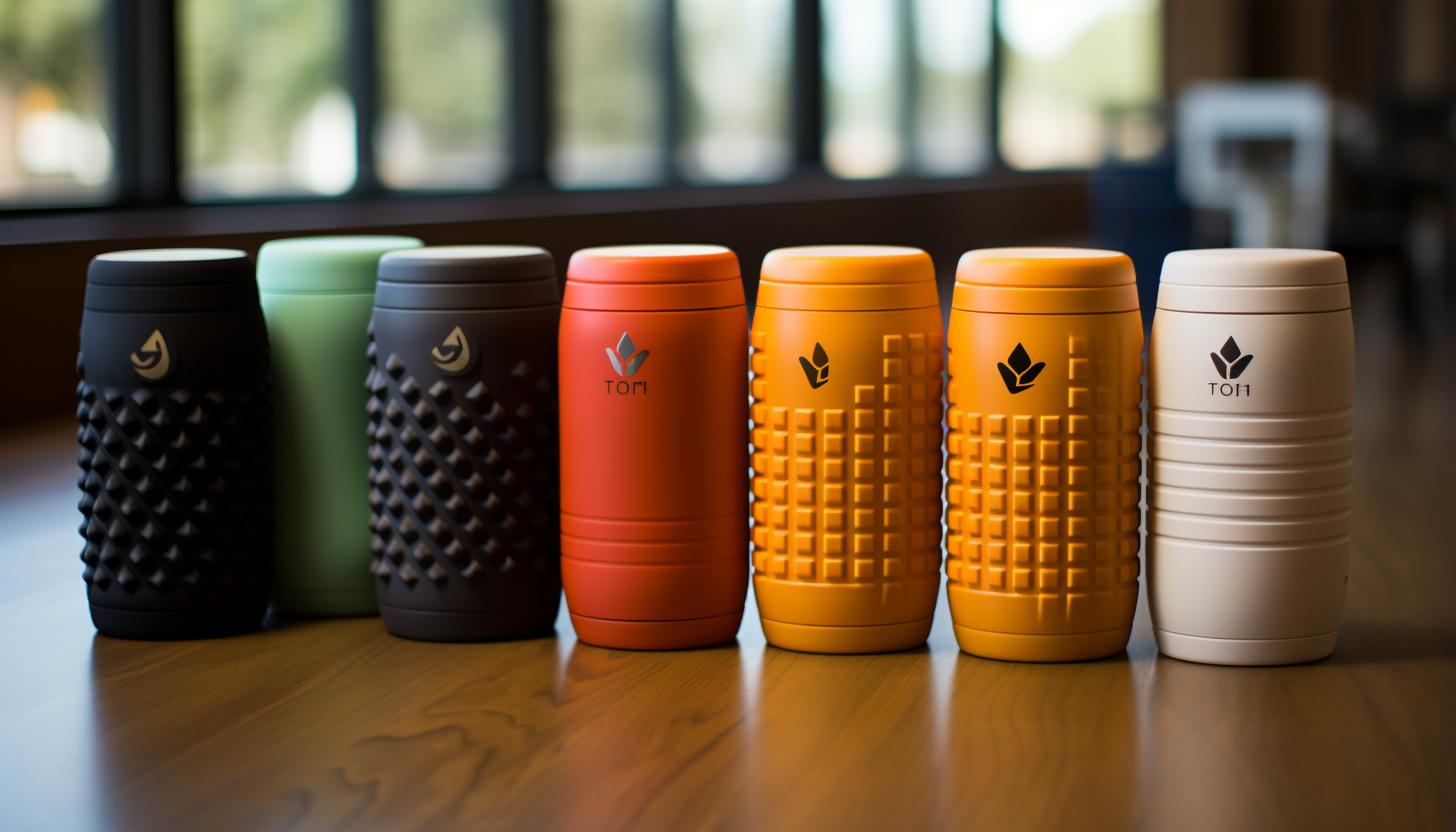
When selecting the appropriate foam roller for your needs, it’s important to consider factors such as density, size, and texture. Foam rolling is a form of self-myofascial release that can provide numerous benefits, including improved flexibility, increased blood flow, and reduced muscle soreness. To maximize these massage benefits, it’s crucial to choose a foam roller that suits your individual requirements.
Density is an essential factor to consider when selecting a foam roller. If you’re new to foam rolling exercises or have sensitive muscles, opt for a softer density roller. On the other hand, if you’re experienced or prefer deeper pressure during your massages, a firmer density foam roller may be more suitable.
Size is another aspect to keep in mind. A shorter foam roller provides better portability and allows for targeted muscle release. However, if you want to use the foam roller on larger muscle groups like the back or legs, a longer one will be more effective.
Lastly, texture plays a role in providing different sensations during your massage session. Some rollers have smooth surfaces for a gentle massage experience, while others have ridges or knobs that can provide deeper tissue stimulation.
Now that you know how to choose the right foam roller, let’s dive into some effective techniques specifically designed for relieving shin splints through foam rolling exercises.
Foam Rolling Techniques for Shin Splints
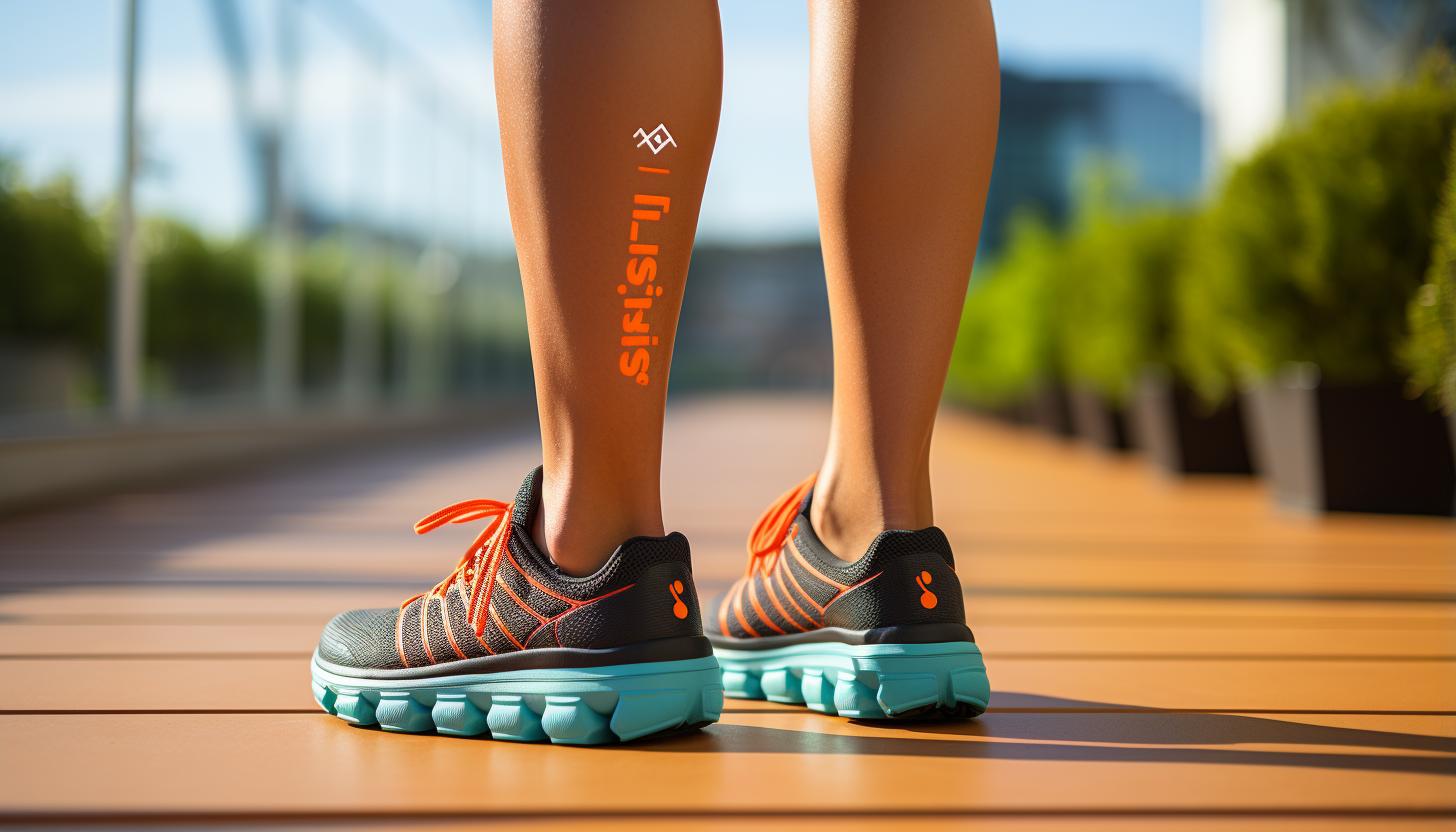
To effectively relieve discomfort in your shins, try incorporating these foam roller exercises into your routine. Foam rolling is a self-myofascial release technique that can help alleviate muscle tension and improve flexibility.
When it comes to shin splints, foam rolling can target the muscles surrounding the shins, reducing pain and promoting recovery. Here are some key techniques to incorporate:
– Calf Roll: Place the foam roller under your calves and use your arms to lift your body off the ground. Roll from just below the knee to above the ankle, focusing on any tight or tender areas.
– Tibialis Anterior Roll: Sit on a chair with one leg crossed over the other. Position the foam roller on the front of your shin (tibialis anterior) and apply gentle pressure as you roll back and forth.
– Lateral Leg Roll: Lie on your side with one leg extended and place the foam roller beneath your outer thigh. Roll along the length of your leg, targeting any tight spots.
When it comes to frequency, aim for at least 2-3 sessions per week. As for technique variations, you can experiment with different pressure levels, rolling speeds, and durations to find what works best for you.
Incorporating foam rolling into your shin splint prevention routine can be beneficial in numerous ways. By regularly relieving muscle tension in this area, you may reduce strain on the shins during physical activities like running or jumping.
Incorporating Foam Rolling Into Your Shin Splint Prevention Routine
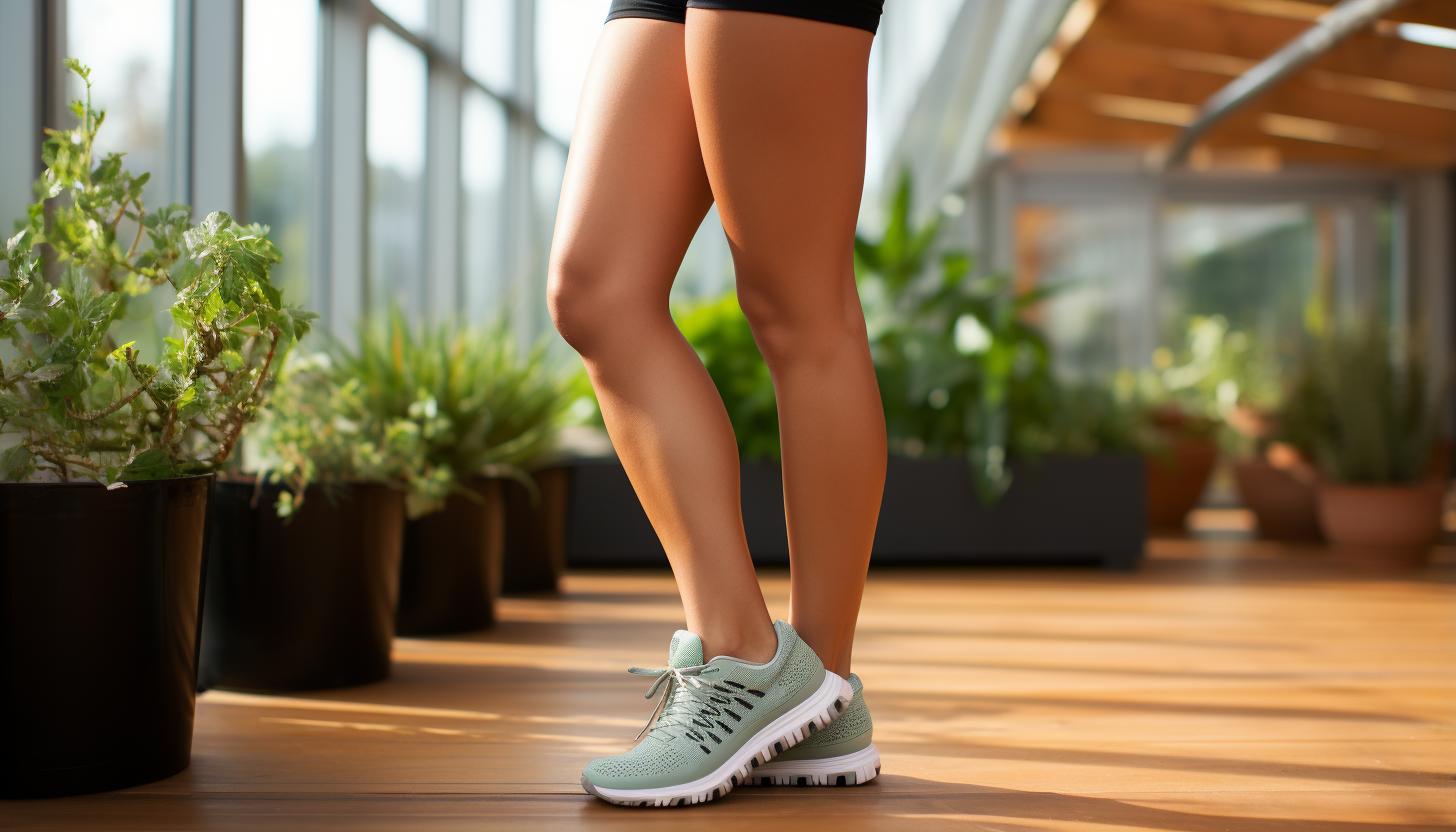
Incorporating foam rolling into your routine can help prevent shin splints by relieving muscle tension and promoting flexibility. Foam rolling is a self-myofascial release technique that targets tight muscles and fascia, increasing blood flow and reducing muscle soreness. By incorporating foam rolling into your pre-workout warm-up routine, you can enhance the effectiveness of this technique.
To ensure proper warm up before foam rolling, start with some light cardiovascular exercises such as jogging or cycling for about 5-10 minutes. This will increase blood flow to the muscles and prepare them for the upcoming foam rolling session. Additionally, perform dynamic stretches that target the lower leg muscles like calf raises or ankle circles.
Combining foam rolling with other shin splint prevention methods can further enhance its benefits. Strengthening exercises for the lower leg muscles, such as toe raises or heel walks, can improve their endurance and reduce strain on the shins. Wearing appropriate footwear with good cushioning and arch support also plays a crucial role in preventing shin splints.
Here’s an emotional response-evoking table showcasing some effective warm-up exercises to incorporate before foam rolling:
| Warm-up Exercises | Benefits |
|---|---|
| Jogging | Increases blood flow |
| Cycling | Warms up leg muscles |
| Calf Raises | Targets lower legs |
| Ankle Circles | Improves flexibility |
| Toe Raises | Strengthens lower legs |
Conclusion
In conclusion, incorporating foam rolling into your shin splint prevention routine can be a game-changer. By using the right foam roller and following proper techniques, you can experience the benefits of this self-massage technique firsthand.
Imagine the relief as you roll away the tension and tightness in your shins, allowing for improved blood flow and faster recovery.
With consistency and dedication, foam rolling can help keep those pesky shin splints at bay, enabling you to stay active and pain-free.

